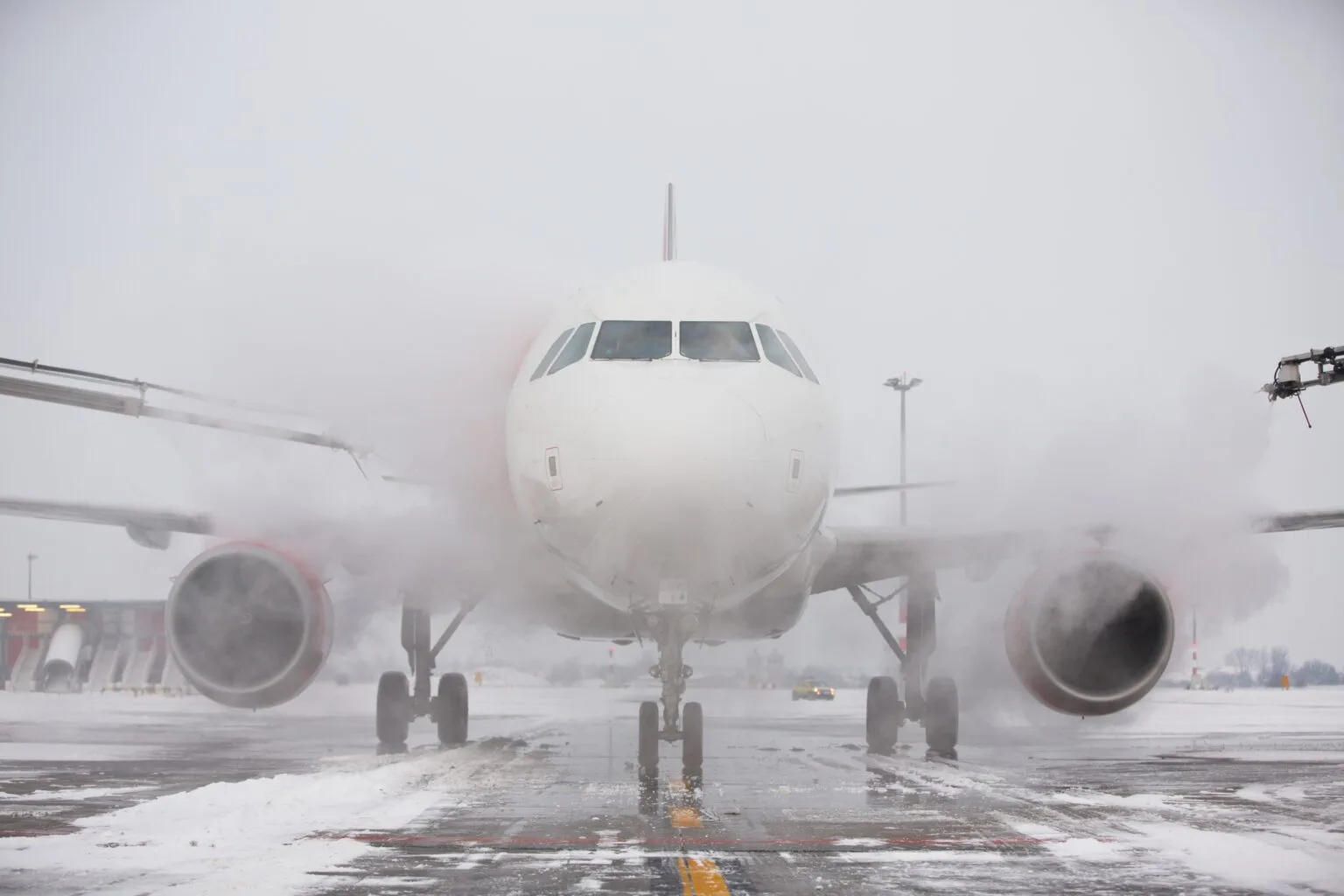Climate Disruption in Aviation
Extreme weather phenomena such as heatwaves and relentless floods are causing ripples in the aviation industry, emerging as significant disruptors to global travel and logistics. The increasing instances of runways buckling in extreme heat or flights facing widespread redirection paint a troubling picture of an industry grappling with unprecedented challenges.
Reports indicate that parts of Europe are heating up at double the rate of the global average, leading industry leaders to voice concerns. One notable figure from the ZEERO Group highlighted that aircraft are a crucial asset requiring frequent usage. However, disruptions caused by closed airports lead to complicated rerouting and financial burdens, turning operational schedules into chaos.
The Chain Reaction of Disruption
The ripple effects of climate-related disruptions are not confined to one region. For instance, flash floods in Dubai have rendered taxiways unusable, while storms fueled by hurricanes in the Gulf have hit airline profits hard. Low-cost carriers, which typically thrive on fast turnaround times, are especially vulnerable, facing significant losses that haven’t been factored into their financial models. As costs increase, airlines may curtail quality, potentially compromising safety and customer service—which, let’s face it—no one wants to experience.
This ongoing cycle of disruption is reminiscent of a chain reaction, where rising costs lead to slim profit margins, forcing carriers to cut corners. The goal of maintaining customer trust becomes a nail-biting balancing act between operational efficiency and service quality. Thus, it’s evident that these climate changes are directly interwoven with the logistics of global travel, leading logistics providers to reevaluate their strategies.
A Short-Term Remedy
In facing these formidable challenges, a viable solution may not solely rest in adopting new technologies or policies but could very well hinge on revolutionary changes in fuel sources. Sustainable aviation fuels (SAFs), especially biofuels, are highlighted as a promising path to lower emissions without sending the aviation ecosystem into disarray.
However, it’s a complex issue. For example, small electric aircraft may face operational delays if airports lack adequate recharging facilities. Hydrogen fuels, although initially appealing, face limitations in practical application. The crux lies in investing in sustainable fuels that hold the promise of scalability and quick implementation.
Assessing Sustainable Aviation Fuels
When it comes to SAFs, not all are created equally. Some synthetic aviation fuels, derived from carbon capture, are criticized for being energy-intensive and ineffective. Therefore, a complete supply-chain perspective is crucial. The concept of ‘zero-emission hydrogen’ becomes questionable if the energy required comes from an already overburdened grid, creating a situation where emissions may just be shifted rather than eliminated.
This acknowledgment of the broader system means that everyone involved—airlines, fuel companies, governmental bodies, and passengers—shares a responsibility to adapt and mitigate these emissions. After all, aviation often operates on razor-thin margins; thus, it isn’t solely on the airlines to carry this burden. Collaboration is essential.
Innovative Approaches to Fuel
One of the innovative solutions currently underway involves transforming municipal waste, including sewage, into sustainable aviation fuel. Through hydrothermal liquefaction (HTL), waste can be converted into a crude oil-like substance—a total game changer that minimizes environmental impact and preserves agricultural land. Such operations can thrive in urban settings, providing significant quantities of alternative fuels without the complications of extensive farming requirements.
For instance, a large enough municipal plant could potentially produce millions of litres in fuel each year, showcasing a scalable alternative that could transform both waste management and energy production. The benefits would echo through decreased agricultural demand, lower emissions, and improved waste disposal methods.
Financial Models and Investments
However, technology alone is not the answer; methods of financing significant infrastructure changes need to evolve as well. A unique model being proposed combines shared ownership and fuel offtake agreements. This arrangement would allow various stakeholders to mitigate risk while working towards a common goal. For example, a projected US$200 million investment in a new fuel plant would require collaborative backing to ensure financial security and quick debt reduction.
Engaging fuel companies is critical. The aim is clear: unlock the ability to refine sufficient fuel quantities at competitive prices. Ideally, no one should feel cornered into collaboration; rather, it should stem from mutually beneficial conversations focused on a sustainable future.
The Need for Standards and Accountability
Nicholas emphasizes that wider reforms and a realistic timeline are vital to achieving net-zero targets, especially in an industry that operates under stringent regulations and technical challenges. The aviation sector needs a pragmatic approach to adopting SAF, hydrogen, and other alternative solutions. But dealing with unclear metrics often hampers progress; without standardized carbon calculators, determining a course of action becomes a guessing game.
Inadequate allocation of funds also hinders real progress. The considerable investment into less effective carbon capture technologies could have been redirected towards improving waste management systems that yield viable fuel productions. A call for a transparent, collaborative funding approach resonates: effective solutions must be mixed with accountability across the supply chain.
Závěr
The intersections of climate change and aviation represent a pivotal point for both industries, underscoring how logistics will need to adapt. The evolving landscape of climate-driven disruptions highlights the implications on transportation logistics, pushing solutions like sustainable aviation fuel usage to the forefront. With platforms like GetTransport.com offering affordable, flexible transportation solutions—ranging from office relocations to large cargo deliveries—there’s a pathway to meet diverse logistical needs efficiently.
Even the most meticulous analysis and reviews cannot substitute direct experience. GetTransport.com champions transparency and convenience, providing users with access to global shipping, moving, and delivery services at competitive rates. This empowers businesses and individuals to navigate the logistics landscape without breaking the bank. Don’t hesitate to Rezervujte si jízdu with GetTransport.com today as you make sense of your transport needs!

